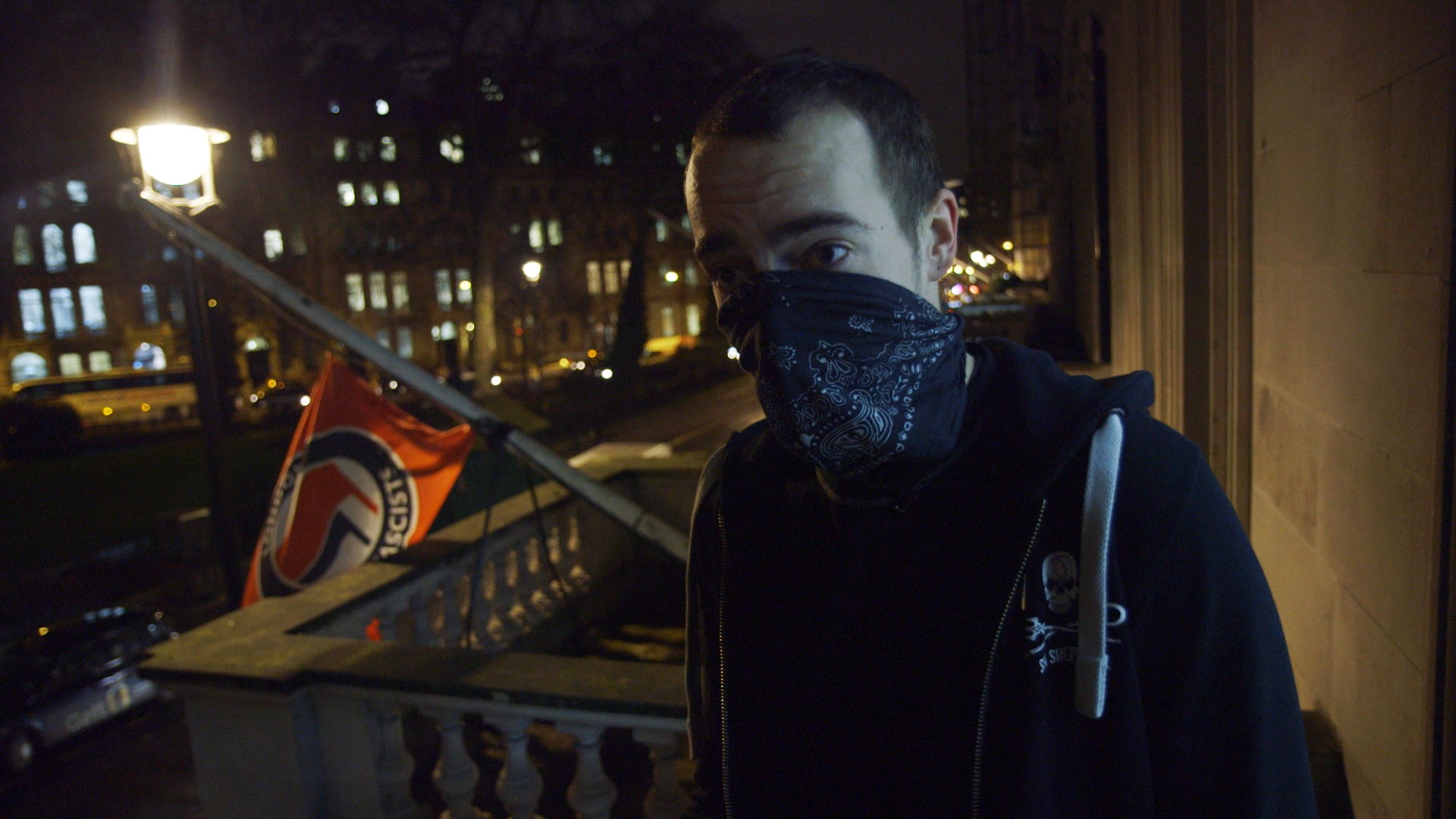Photo by Jake Kivanc
An armoury near Moss Park, the epicentre of homelessness in downtown Toronto, will open for two weeks as a winter respite following a cold snap and a social media campaign to #openthearmouries.But frontline workers say two weeks isn’t enough, and a long term solution is needed for an estimated 5,500 people living on the streets of Toronto, according to December, 2017 estimates from City Hall.Public Safety Minister Ralph Goodale confirmed on Twitter Friday that the Moss Park armoury will be open 24/7. Molly Bannerman was working at the Moss Park overdose prevention site this week and said central intake told her there were no more beds available.She welcomed the news that the Moss Park armoury would open, but said two weeks isn’t long enough.“That’s great for the people of Moss Park,” Bannerman said. “It will be really helpful for the Moss Park overdose prevention site having something so close by. I still remain concerned about long term solutions. Two weeks is not a significant amount of time, and we need to be thinking about long term systemic answers [and] looking at why there are close to 6,000 people who are needing shelters and respite centres in Toronto.”Gentrification and rising property prices have pushed people out of the core and away from services, she said. Supportive housing for people who use drugs is urgently needed, she emphasized.The average price of an apartment in Toronto has gone up 10 percent in the last year, according to real estate site Urbanation.According to city numbers, from December 2015 to December 2017, the number of people using Toronto’s shelters has increased by 35 percent.
Molly Bannerman was working at the Moss Park overdose prevention site this week and said central intake told her there were no more beds available.She welcomed the news that the Moss Park armoury would open, but said two weeks isn’t long enough.“That’s great for the people of Moss Park,” Bannerman said. “It will be really helpful for the Moss Park overdose prevention site having something so close by. I still remain concerned about long term solutions. Two weeks is not a significant amount of time, and we need to be thinking about long term systemic answers [and] looking at why there are close to 6,000 people who are needing shelters and respite centres in Toronto.”Gentrification and rising property prices have pushed people out of the core and away from services, she said. Supportive housing for people who use drugs is urgently needed, she emphasized.The average price of an apartment in Toronto has gone up 10 percent in the last year, according to real estate site Urbanation.According to city numbers, from December 2015 to December 2017, the number of people using Toronto’s shelters has increased by 35 percent.
Advertisement
In December, city council voted down a motion to formally ask the federal government to open armouries and other federal buildings as emergency shelters. But in the past week, amid frigid temperatures and capacity issues at shelters, people took to Twitter using the hashtag #openthearmouries. Succumbing to public pressure, mayor John Tory asked the provincial and federal governments to open the Moss Park armoury.Homelessness risingToronto’s 62 shelters and six winter respites have been at 95 percent capacity for the last week as temperatures dropped.The overcrowding issue reached crisis levels when people experiencing homelessness jammed into a heated trailer at the Moss Park overdose prevention site. Frontline workers called central intake to find them beds for the night but were told there were none available. The city later said this was a “miscommunication” and 40 beds had been available at the Better Living Centre on the other side of the city.
